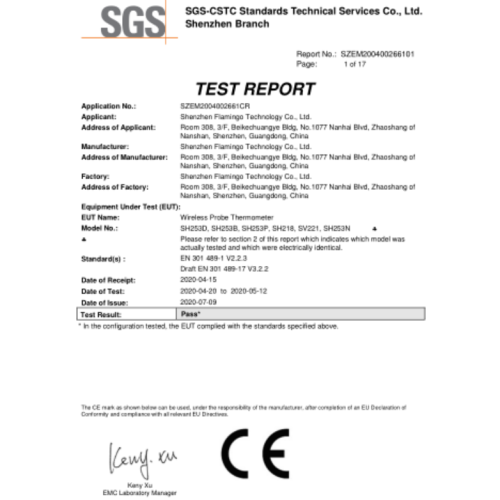SVHC
Dec 4,2023
SVHC stands for "Substances of Very High Concern." It is a term defined under the European REACH regulation (Registration, Evaluation, Authorization and Restriction of Chemicals).
REACH is a European regulation that came into effect in 2007, aiming to protect human health and the environment and promote responsible use of chemicals. According to REACH, SVHC refers to chemicals that present a serious risk to human health or the environment. These substances may have characteristics such as carcinogenicity, toxicity, reproductive toxicity, persistence, bioaccumulation, etc., or they may have persistent effects on the environment.
Under the REACH regulation, when a substance is identified as an SVHC, it may be subject to restrictions or authorization requirements. This means that products or industries containing these substances may be subject to limitations and require compliance measures such as labeling, the use of alternative substances, etc.
The European Chemicals Agency (ECHA) is responsible for identifying SVHC based on scientific evidence and including them in the Candidate List. Substances in the Candidate List may eventually be included in the Authorization List, further restricting their use.
It is important to note that the definition and management of SVHC apply to the European region. Other countries and regions may have similar regulations or guidelines, but specific details may vary. If you have more questions about SVHC-related regulations in a specific country or region, it is recommended to consult the relevant local authorities or regulations.
PreviousISO9001 certificate
subscription












